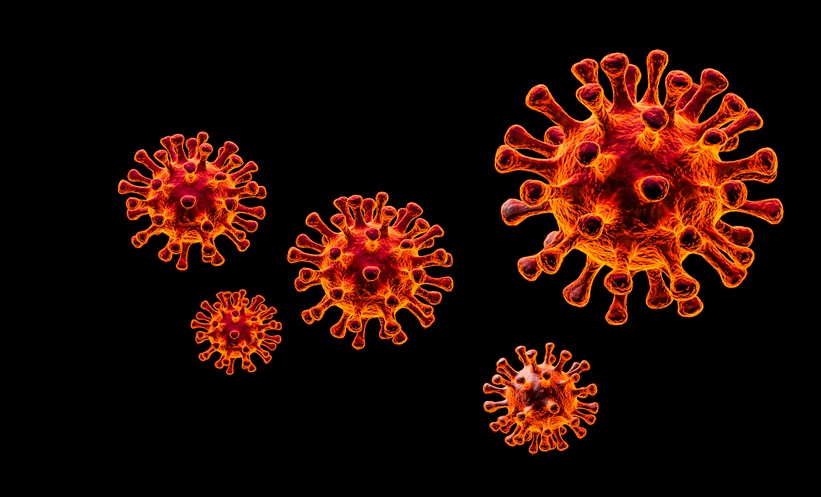IN A SIGNIFICANT development for global influenza surveillance, researchers have reported the emergence and spread of influenza A(H1N1)pdm09 viruses displaying a 13-fold reduced inhibition by oseltamivir. This resistance is due to the acquisition of two mutations, neuraminidase (NA)-I223V and S247N. These findings have important implications for public health, given the widespread use of oseltamivir, particularly during flu seasons and potential pandemics.
Oseltamivir, an NA inhibitor, is the most commonly prescribed antiviral for treating influenza. While most seasonal influenza viruses remain susceptible to NA and cap-dependent endonuclease inhibitors, resistance has been a growing concern. Historically, the H275Y mutation in the NA protein has been known to confer resistance to oseltamivir, first noted in Europe in 2007–2008 and rapidly spreading worldwide. However, these H275Y-resistant strains were largely displaced by the 2009 pandemic H1N1 strain (pH1N1).
The specific NA mutations I223V and S247N are not entirely new; they have been observed in various influenza strains in the past. However, their combination in the current context poses new challenges. The I223V mutation alters NA activity, while S247N may affect the hydrogen bonding network in the active site, weakening oseltamivir binding. These mutations can also interact with other genetic changes to enhance drug resistance. Despite their reduced susceptibility to oseltamivir, these dual-mutant viruses remain susceptible to other approved antiviral drugs, including baloxavir.
Although the overall detection frequency of these dual mutants is low (0.67%, 101 out of 15,003 samples), their presence in multiple countries indicates potential for significant spread. The dual mutants were collected in 15 countries, spanning 5 continents (Africa, Asia, Europe, North America, and Oceania). The first dual mutant was collected from Canada in May 2023, and the latest were collected from 4 countries (France, the Netherlands, Spain, and the UK) during January–February 2024. Most dual mutants were detected in the Netherlands (n=30), France (n=24), Bangladesh (n=11), Oman (n=9), and the UK (n=9).
Importantly, the dual mutants’ ability to spread across continents without losing replicative fitness or transmissibility is concerning. Group 1 dual mutants also acquired an additional R257K substitution, previously linked to restoring NA activity in H275Y-resistant viruses. Conversely, most group 2 viruses reassorted with HA from a different subclade, potentially aiding their spread.
This study underscores the need for vigilant monitoring of influenza virus evolution. As dual mutants continue to circulate, additional mutations could further impact antiviral drug susceptibility or provide a competitive edge over wild-type viruses. Enhanced surveillance and adaptive response strategies are crucial to managing this evolving public health threat.
Ada Enesco, EMJ
Reference
Patel MC et al. Multicountry spread of influenza A(H1N1)pdm09 viruses with reduced oseltamivir inhibition, May 2023–February 2024. Emerg Infect Dis. 2024;30(7):1410-1415.








